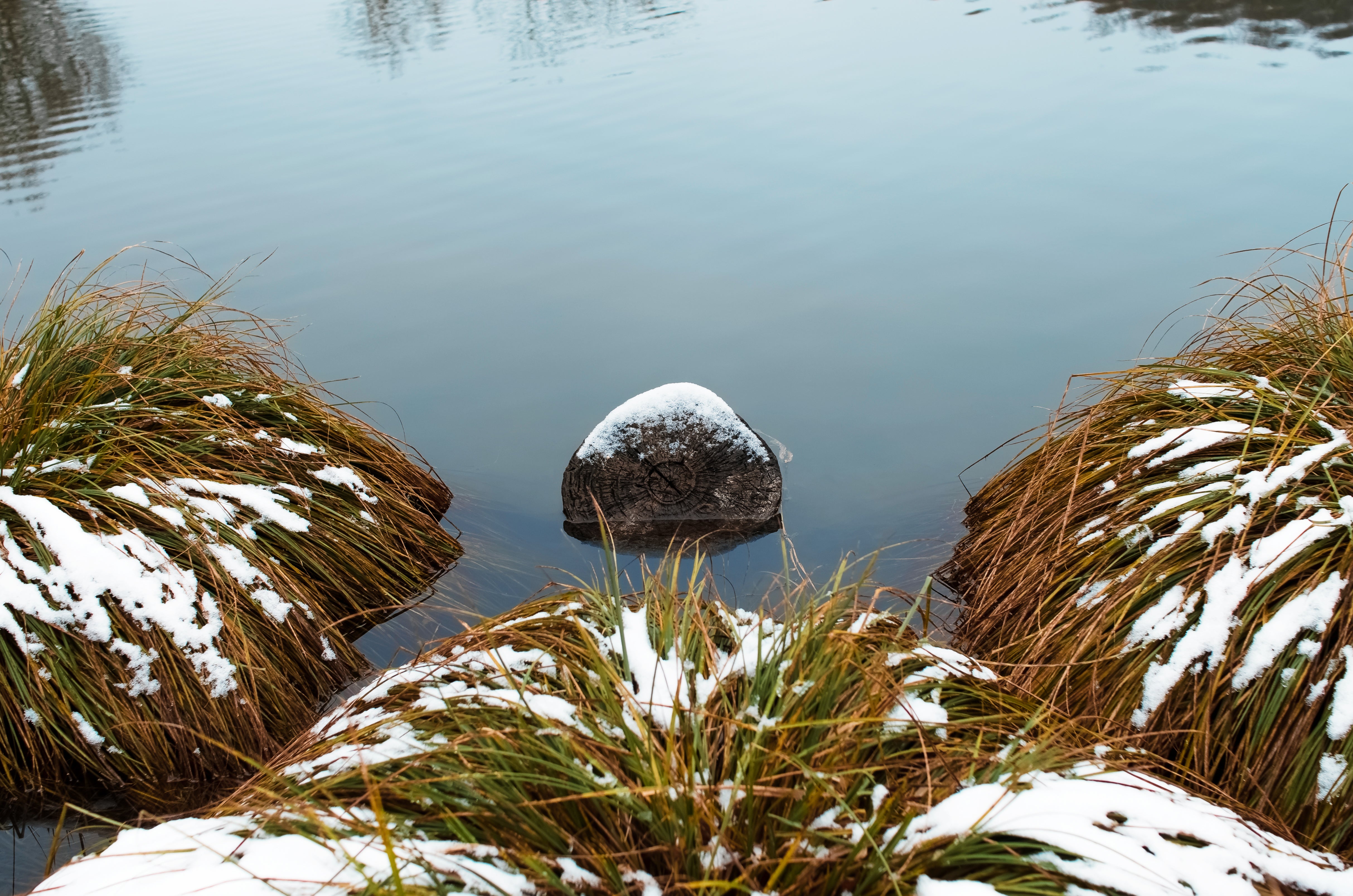As winter approaches, so too come the challenges of maintaining a healthy and thriving pond environment for your fish, plants, and other aquatic inhabitants. Proper winterisation is crucial to ensuring that your pond remains stable and your fish safe throughout the cold months, combating the risks of freezing temperatures, reduced water circulation, and diminished oxygen levels. At Perfect Aquatics, one of the UK's largest aquatics specialists, we understand the importance of winter pond preparation, and we are committed to providing expert guidance, practical solutions, and unwavering support as you navigate this critical seasonal transition.
In this comprehensive guide, we will offer insight into essential pond winterisation tasks, including pond maintenance, fish care, and how to create a suitable environment for your pond residents during winter. Learn practical steps to safeguard your pond's ecosystem, ensuring that your aquatic pets emerge from the chilly season in optimal health and vigour, ready to greet the warmer months ahead. As you undertake the essential process of winterising your pond, rely on the expertise and dedication of Perfect Aquatics to empower you with the resources and knowledge necessary to provide a thriving, well-protected environment for your treasured fish.
A Guide to Pond Winterisation: Preparing Your Pond and Fish for the Cold Months
Pond Maintenance: Debris Removal, Water Quality, and Equipment Inspection
Performing thorough pond maintenance prior to winter helps create a stable and clean environment, minimising health risks to your fish and facilitating overall pond well-being:
- Debris Removal: Remove fallen leaves, twigs, and other debris from your pond to prevent decomposition, which can release harmful substances and consume valuable oxygen. Use a pond net or skimmer to collect debris and consider installing a pond net or cover to minimise the accumulation of organic matter.
- Water Quality: Test and adjust your pond's water parameters, including pH, ammonia, nitrites, and nitrates, to ensure a stable environment that supports the health of your fish. Perform a partial water change if necessary, and add beneficial bacteria to help maintain a balanced ecosystem throughout winter.
- Equipment Inspection: Inspect your pond equipment, including pumps, filters, and heaters, and perform any necessary maintenance or replacements. Ensure that your equipment is functioning optimally to provide the best possible environment for your aquatic pets during the cold months.
Fish Care: Feeding, Health Checks, and Safe Havens
Caring for your fish throughout winter necessitates tailoring feeding habits, monitoring health, and providing safe havens within the pond:
- Feeding Adjustments: As water temperatures decrease, the metabolism of your pond fish will slow down, reducing their nutritional requirements. Gradually adjust their feeding schedule, switching to a low-protein, wheat germ-based food for optimal digestibility during colder temperatures.
- Health Checks: Observe your fish for signs of illness or stress, addressing any health concerns promptly to prevent further complications. Undertaking routine health checks during autumn allows you to identify potential issues before the winter sets in.
- Safe Havens: Provide safe areas within the pond for your fish to take refuge from the cold. Install pond aerators or de-icers to prevent the water surface from freezing, and consider a pond heater to maintain stable water temperatures. Additionally, adding deeper areas or fish caves can give your fish shelter from freezing temperatures.
Plant Care: Pruning, Relocating, and Cold-Hardy Species
Proper plant care is essential during pond winterisation, ensuring your aquatic flora remains healthy and vibrant throughout the season:
- Pruning: Prune your aquatic plants, removing any dead or dying foliage to prevent decay and maintain the overall health of the pond. Maintain a balance of submerged, floating, and marginal plants to ensure a healthy, well-oxygenated ecosystem.
- Relocating: Relocate sensitive or non-hardy plants to warmer locations or indoor aquariums for the winter months, providing a more favourable environment for their survival throughout the cold season.
- Cold-Hardy Species: Introduce cold-hardy plants to your pond, such as hornwort, water lilies, and pickerel weed, which can withstand freezing temperatures and provide crucial shelter and oxygenation for your pond during winter.
Pond Wildlife: Attracting Visitors and Ensuring Safety
Winterising your pond involves catering to the needs of its wildlife visitors and ensuring their safety during the cold months:
- Attracting Wildlife: Encourage birds and other wildlife to visit your pond by providing food sources and shelter options. Set up bird feeders, nesting boxes, and floating islands to invite a variety of species to your garden.
- Wildlife Safety: Ensure that wildlife can safely access your pond by providing escape routes or ramps to prevent accidental drowning, particularly when ice is present. Keep the water's edge free of ice, and use a pond heater or de-icer to maintain an ice-free zone for air exchange and wildlife access.
Conclusion
Effective pond winterisation is crucial for safeguarding the health and well-being of your aquatic pets and creating a stable environment throughout the cold months. By following the expert advice and embracing the high-quality solutions offered by Perfect Aquatics, you can navigate through winter with confidence, knowing that your pond and its inhabitants are well-prepared for the challenges that lie ahead. As you embark on your winter pond care journey, let Perfect Aquatics be your ally, offering steadfast guidance, encouragement, and expertise to ensure a successful transition to a season filled with beauty and serenity.

